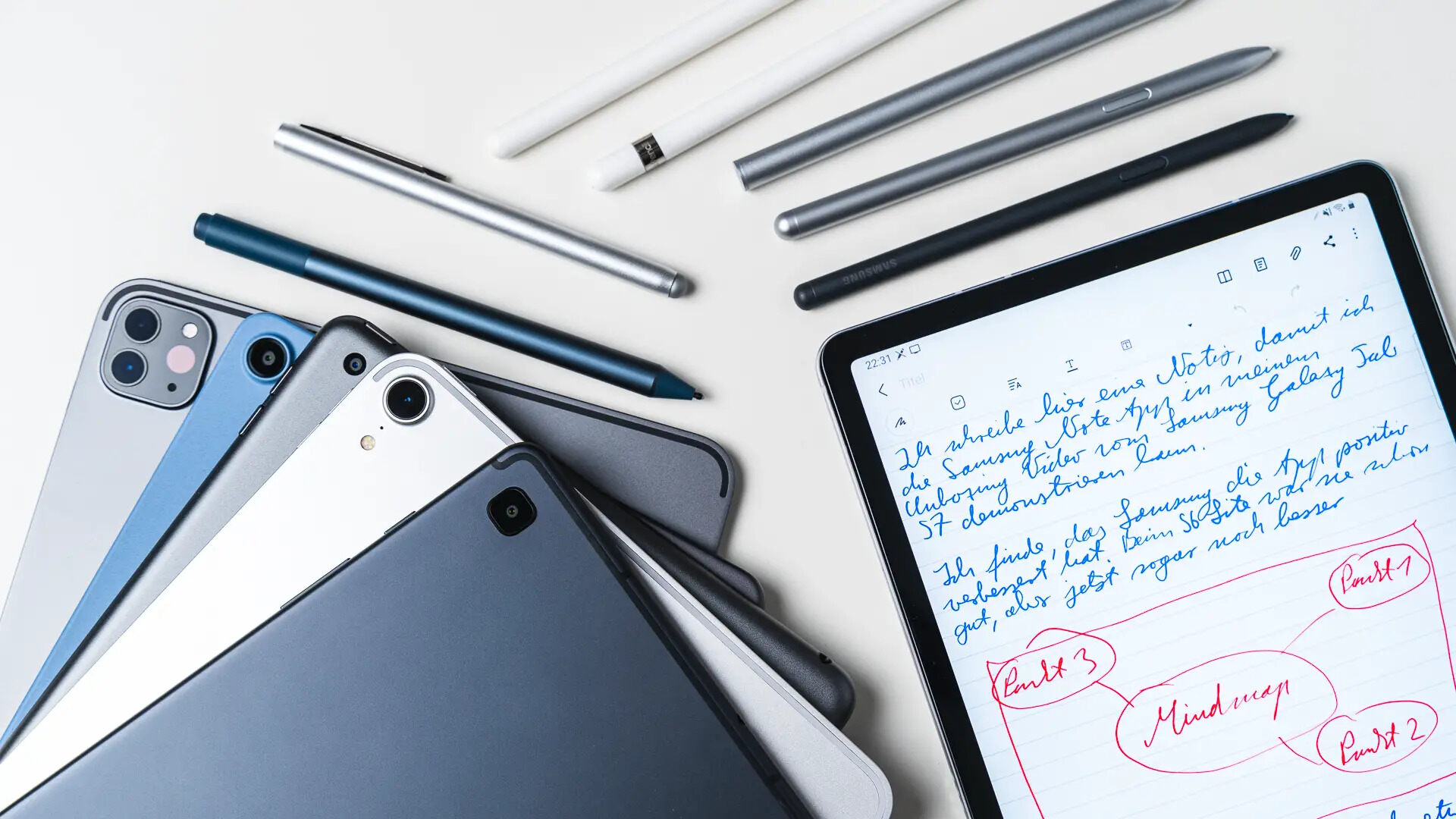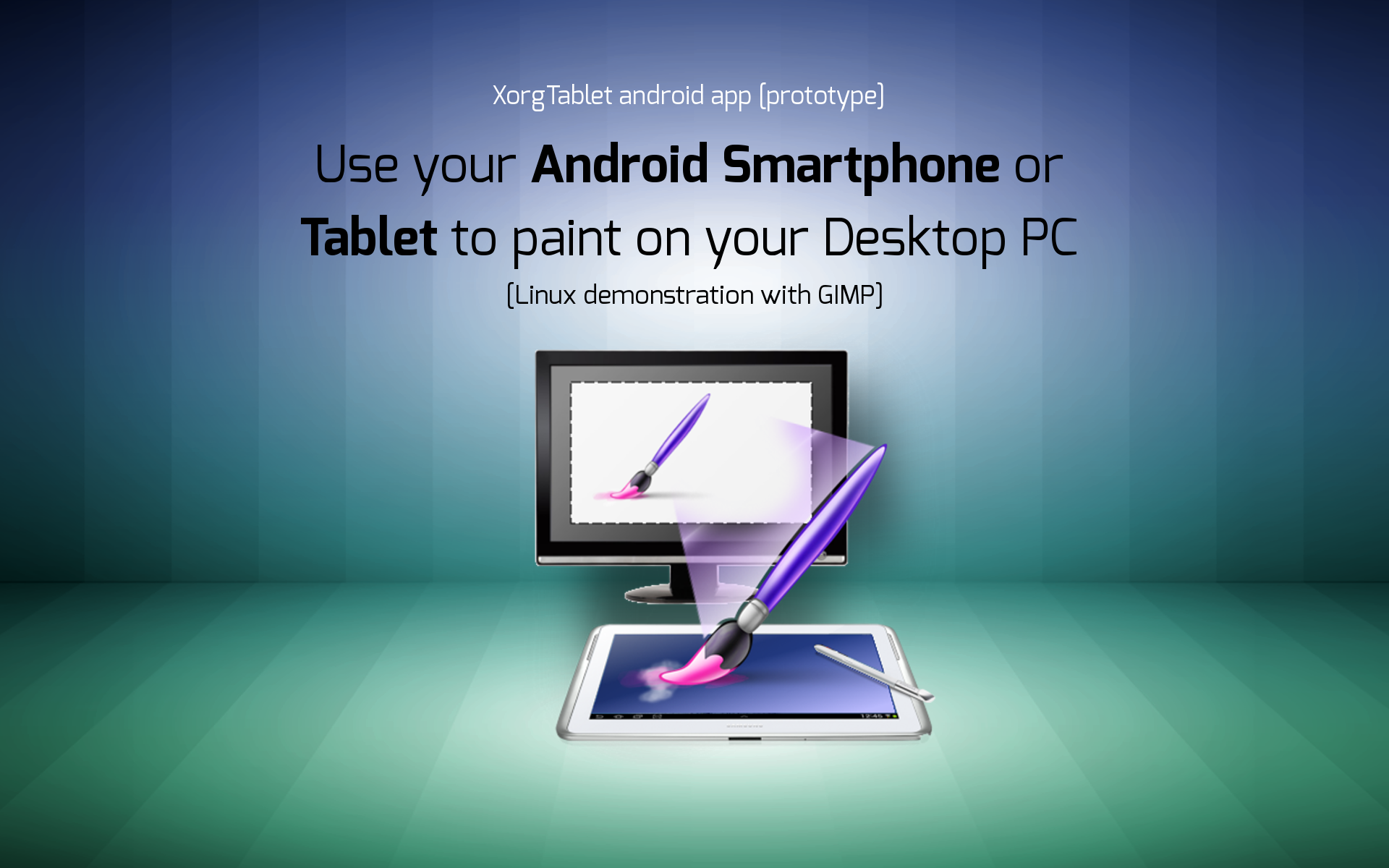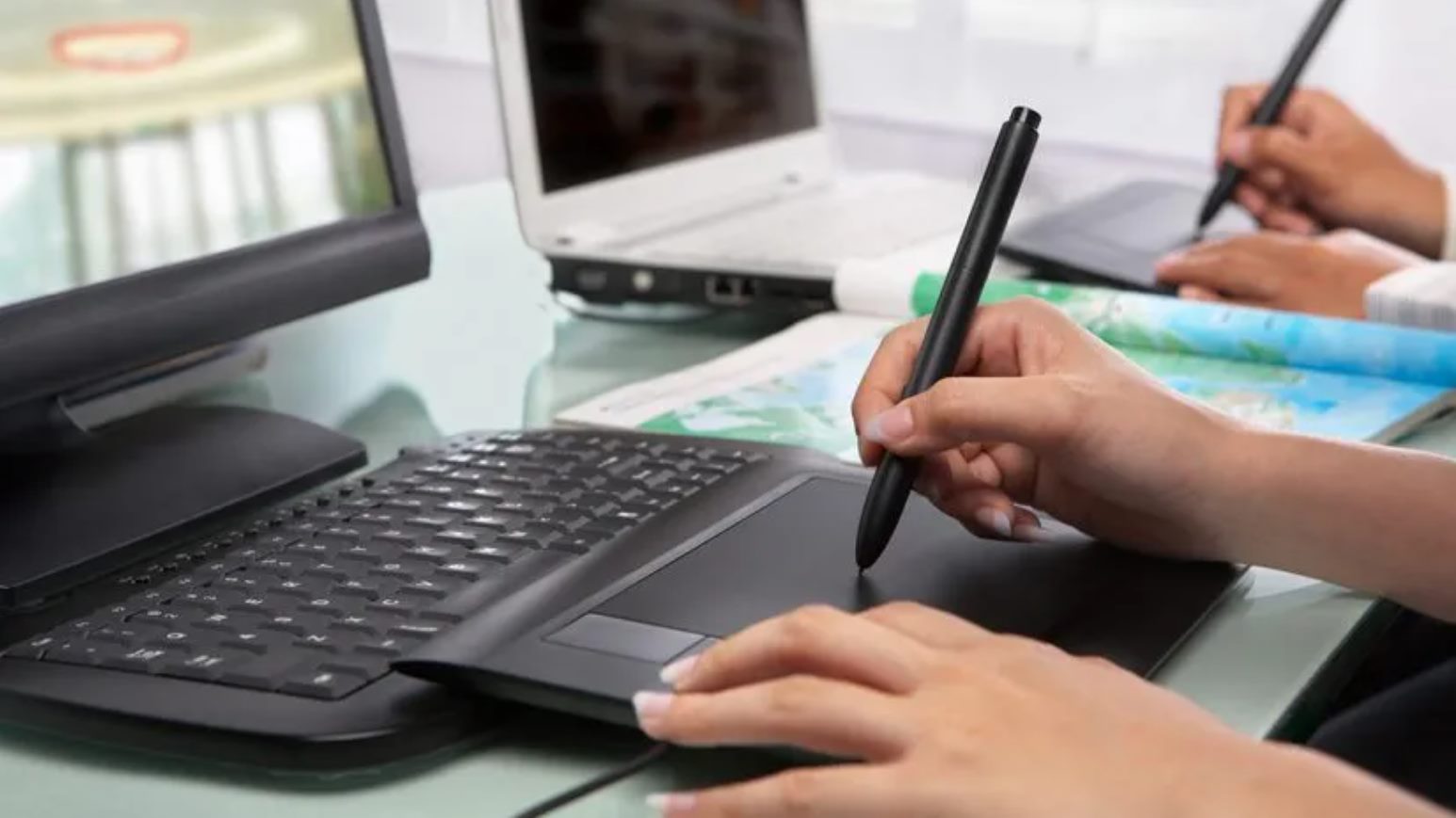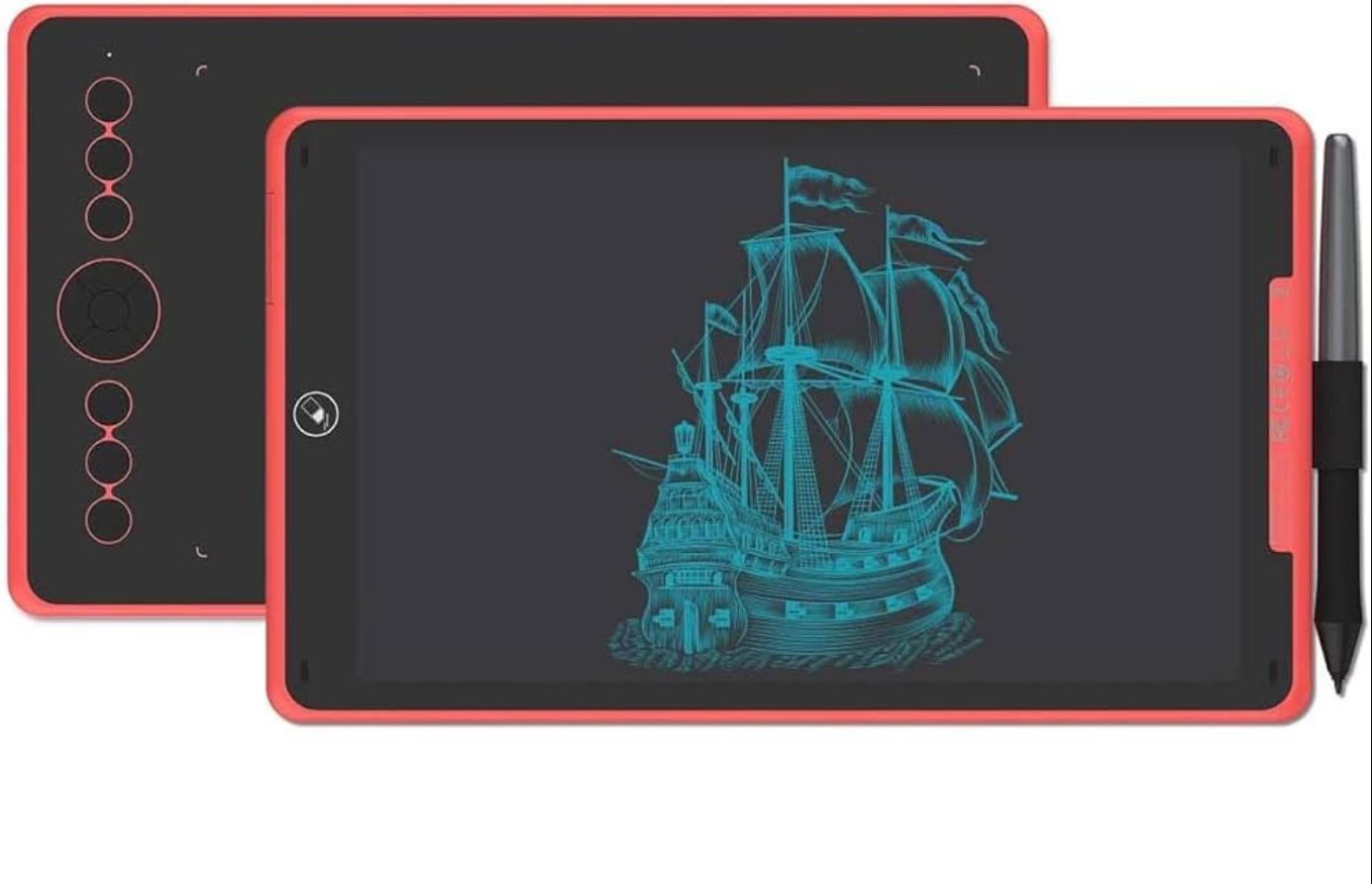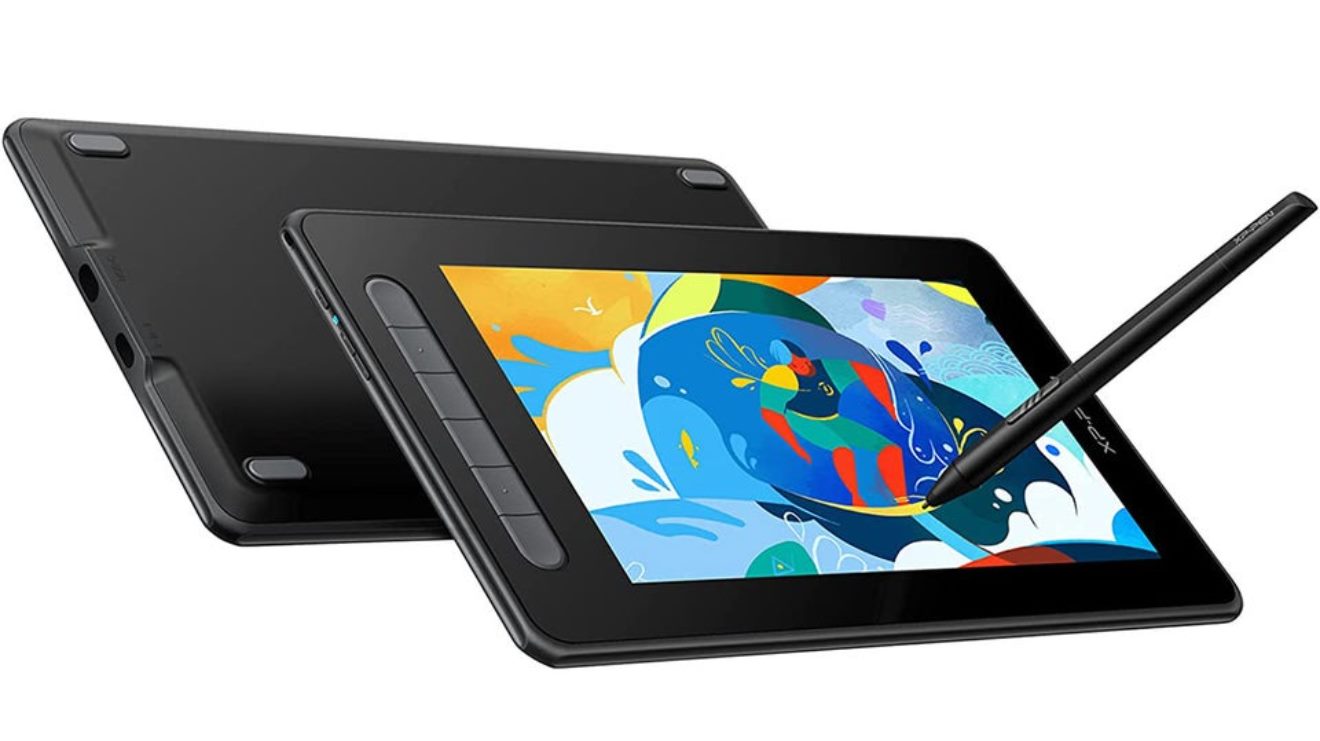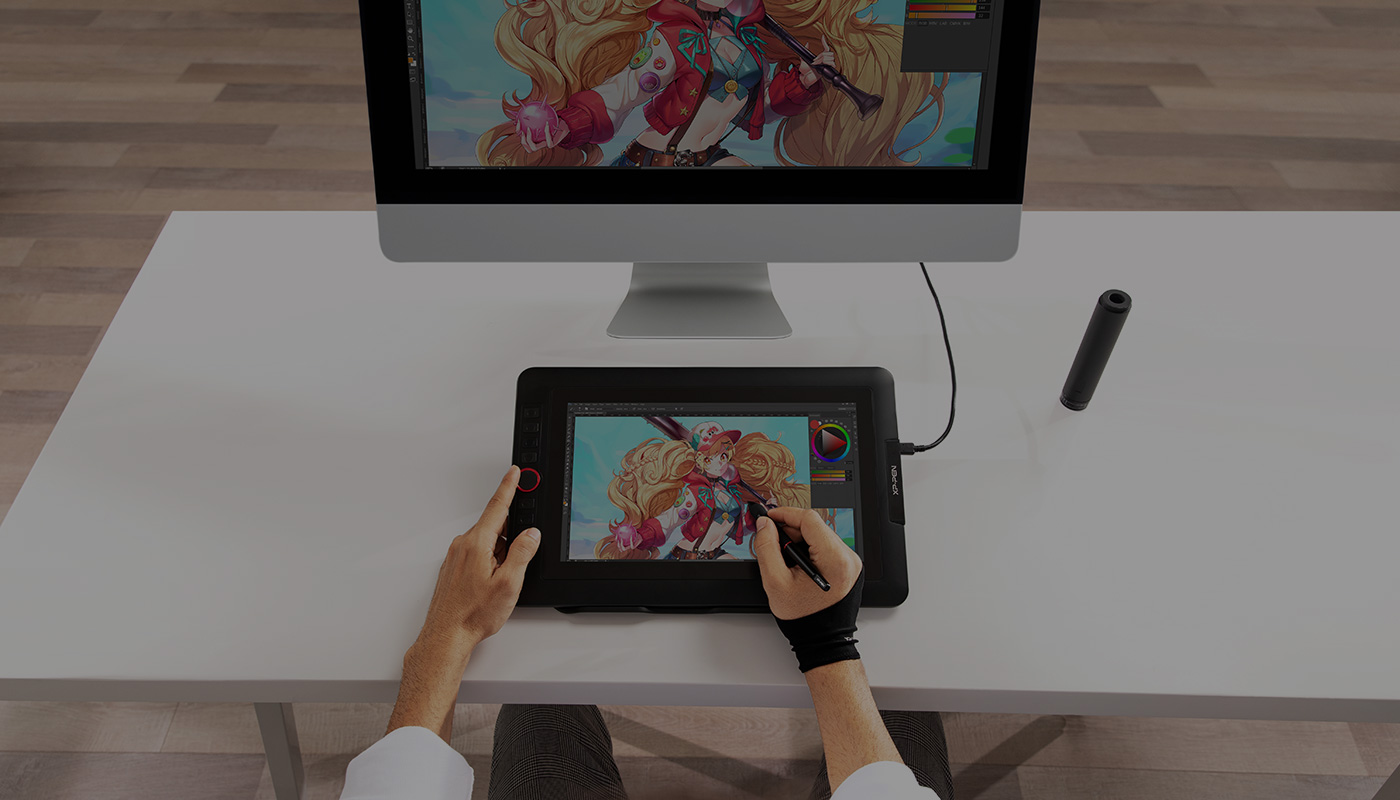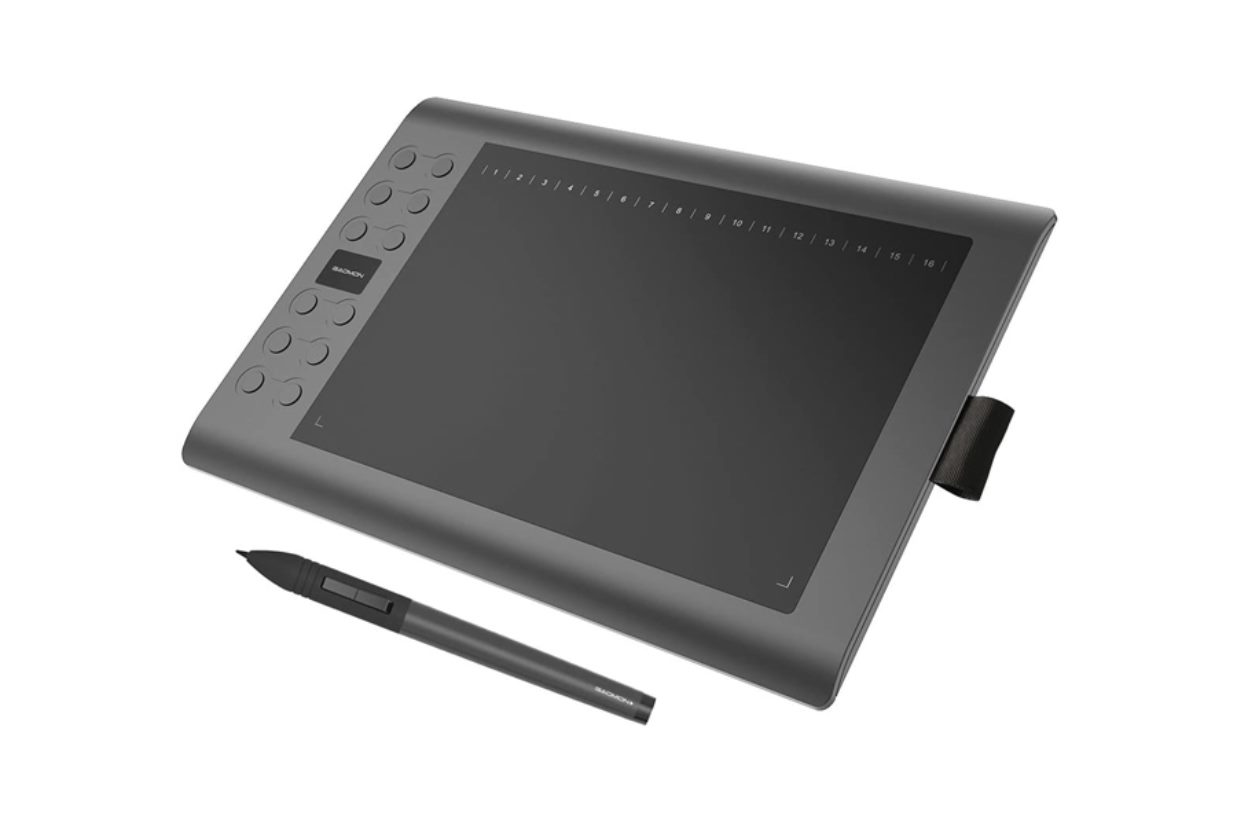Introduction
Tablet PC pens have revolutionized the way we interact with touch-screen devices. These handy tools provide a precise and convenient way to navigate, create, and annotate content on tablets and other digital devices. Whether you’re an artist, a student, or a professional, tablet PC pens offer a seamless and intuitive experience.
But have you ever wondered how these pens actually work? How do they translate our handwritten movements into digital input? In this article, we’ll delve into the inner workings of tablet PC pens and explore the different types available in the market.
Tablet PC pens, also known as stylus pens, are input devices designed to be used on touch-screen displays. They serve as a replacement for fingers and provide a more precise and controlled way to interact with the screen. These pens are equipped with various sensors, mechanisms, and technologies that enable them to communicate with the device and accurately translate our hand movements into digital signals.
The primary method used by tablet PC pens to interact with touch-screen displays is through capacitive or electromagnetic technology. Capacitive tablet PC pens work by registering changes in the electrostatic field created by the device’s touch screen. This technology relies on the conductivity of the human body or a conductive material in the pen’s tip to create these changes and register them as touch input.
On the other hand, electromagnetic tablet PC pens utilize electromagnetic induction to communicate with the device. These pens are equipped with a coil that generates an electromagnetic field, while the touch screen itself has a grid of sensors that detect the changes in the field as the pen approaches or touches the screen surface. These changes are then interpreted as touch input by the device.
Both capacitive and electromagnetic tablet PC pens require power to function. Some pens are battery-powered, with the necessary components and mechanisms powered by a small internal battery. These pens usually offer additional features like pressure sensitivity and tilt recognition. Others are battery-free, relying on the device’s electromagnetic field or the capacitive nature of the touch screen to operate.
In the next sections, we’ll explore the different types of tablet PC pens available, the functionalities they offer, and how to take care of these valuable tools. Understanding the technology behind tablet PC pens will not only help you make an informed purchasing decision but also enhance your overall experience in using these cutting-edge devices.
What is a tablet PC pen?
A tablet PC pen, also known as a stylus pen, is an input device designed specifically for touch-screen devices, such as tablets and convertibles. It serves as a digital replacement for our fingers, providing a more precise and controlled way to interact with the screen.
Tablet PC pens come in various shapes and sizes, but they all share a similar purpose: to mimic the experience of writing or drawing on paper. These pens are equipped with advanced technologies that allow them to accurately translate our hand movements into digital input on the device.
The tip of a tablet PC pen is typically made of a soft and smooth material, such as rubber or conductive plastic, to ensure a smooth gliding motion on the touch screen. The body of the pen is often designed for comfort and ergonomic use, with features like textured grips and buttons for additional functionalities.
Most tablet PC pens have multiple buttons on the barrel, allowing users to quickly access commonly used commands or functions. These buttons can be programmed to perform specific actions, such as activating the eraser function or opening a particular application. Some tablet PC pens even have pressure-sensitive tips, which means they can detect variations in pressure as you write or draw, resulting in a more natural and responsive experience.
Tablet PC pens also offer the benefit of palm rejection technology. This feature is particularly helpful for artists and note-takers, as it ensures that unintended touch input from the palm or wrist does not interfere with the pen’s input on the screen. This enhances precision and accuracy, making the pen feel more like a traditional writing or drawing tool.
Moreover, tablet PC pens are designed to work seamlessly with specific devices or operating systems. They often come with advanced compatibility features, allowing users to effortlessly connect and pair the pen with their device via Bluetooth or other wireless technologies. This enables a wireless and cord-free experience, providing users with freedom of movement and flexibility.
Whether you’re an artist who wants to digitally create stunning artwork, a student who needs to take detailed notes, or a professional who requires precise input in design or editing tasks, a tablet PC pen can significantly enhance your productivity and creativity. Its intuitive design, coupled with the latest technological advancements, empowers users to fully unleash their creativity and achieve remarkable outcomes.
In the next section, we will explore how tablet PC pens actually work and the different technologies that enable their functionality.
How does a tablet PC pen work?
Tablet PC pens might seem like simple tools, but their inner workings involve sophisticated technologies that allow for precise and accurate input on touch-screen devices. So, how does a tablet PC pen actually work?
The interaction between a tablet PC pen and a touch-screen display is made possible through two primary technologies: capacitive and electromagnetic.
Capacitive tablet PC pens utilize the capacitive technology embedded in the touch screen itself. This technology relies on the conductive properties of our fingers or a conductive material in the pen’s tip. When we touch the screen with the pen, the electrostatic field of the touch screen is altered, registering as touch input. The touch screen’s sensors detect the changes in the electrostatic field, and the device accurately interprets the pen’s position and movement on the screen.
On the other hand, electromagnetic tablet PC pens work based on the principle of electromagnetic induction. These pens are equipped with a coil that generates an electromagnetic field, while the touch screen itself has a grid of sensors. When the pen comes into proximity with the touch screen, the electromagnetic field changes, and the sensors detect these changes. By analyzing the specific changes detected by the sensors, the device determines the pen’s position and movement on the screen.
Both capacitive and electromagnetic tablet PC pens require power to function. Battery-powered pens have internal batteries that supply the necessary power to drive the components and transmit data wirelessly to the device. These pens often offer additional features like pressure sensitivity and tilt recognition, enhancing the user’s experience in activities such as drawing or sketching.
On the other hand, some tablet PC pens are battery-free. These pens rely on the electromagnetic field generated by the touch screen or the capacitive nature of the touch screen itself to operate. Without the need for batteries, these pens are lighter and do not require regular charging or battery replacement.
In addition to the technology used, tablet PC pens also incorporate other advanced features, such as pressure sensitivity and tilt recognition. Pressure sensitivity allows the pen to respond differently based on the pressure applied to the screen. This feature is especially valuable for artists and designers, as it enables them to create varying line thicknesses and shading effects, mimicking traditional drawing techniques.
Tilt recognition, on the other hand, detects the angle at which the pen is held. This information can be used to manipulate digital brushes or simulate different writing instruments, giving users more control and a more realistic experience.
With the rapid advancements in technology, tablet PC pens continue to evolve and improve. Manufacturers are constantly pushing the boundaries to provide users with a seamless and natural input experience, bridging the gap between the digital and physical worlds.
In the next section, we will explore the different types of tablet PC pens available in the market and the unique features they offer.
Types of tablet PC pens
When it comes to tablet PC pens, there is a wide variety of options available in the market. Different types of pens offer unique features and functionalities to cater to the diverse needs of users. Let’s explore the different types of tablet PC pens:
1. Capacitive pens: These pens work by utilizing the capacitive technology embedded in the touch screen. They have conductive tips that allow them to register touch on the screen. Capacitive pens are typically compatible with a wide range of devices and offer a cost-effective solution for those who want basic stylus functionality.
2. Electromagnetic pens: Also known as active pens, electromagnetic pens utilize electromagnetic technology to interact with the touch screen. These pens often come with additional features like pressure sensitivity and tilt recognition. They require power from a battery or the device itself to function properly. Electromagnetic pens offer precise input and are popular among artists, designers, and professionals who require advanced pen capabilities.
3. Bluetooth pens: Bluetooth pens are equipped with Bluetooth technology, allowing them to establish a wireless connection with the device. These pens offer the convenience of cord-free use and enable users to move around more freely while using the pen. By pairing the pen with the device, users can enjoy seamless and uninterrupted pen input without the hassle of tangled wires.
4. Fine-tip pens: Fine-tip pens are designed with a narrow tip that provides more precision and accuracy when writing or drawing. These pens are often used for detailed artwork, note-taking, or tasks that require intricate movements. The fine tip allows for more control over the stroke, making it easier to create precise lines and small details.
5. Multi-functional pens: Multi-functional pens offer more than just basic stylus functionality. They may have additional features like a built-in pen or a highlighter on the other end. These pens are ideal for individuals who frequently switch between digital input and traditional writing tasks. With a multi-functional pen, users can seamlessly transition from using the pen on a device to writing on paper without the need to carry multiple writing tools.
6. Universal pens: Universal pens are designed to work with a wide range of touch-screen devices, regardless of the brand or model. These pens offer versatility and compatibility, making them a convenient choice for users who own multiple devices or frequently switch between different devices.
It’s crucial to consider your specific needs and preferences when choosing a tablet PC pen. Factors such as compatibility, functionality, comfort, and overall quality should be taken into account. Whether you’re an artist seeking precise control, a student taking digital notes, or a professional needing advanced pen capabilities, there’s a tablet PC pen out there to suit your needs.
In the next section, we will discuss the pressure sensitivity and tilt recognition features found in certain tablet PC pens, and their benefits in various applications.
Pressure sensitivity and tilt recognition
One of the significant advancements in tablet PC pen technology is the integration of pressure sensitivity and tilt recognition features. These features provide a more natural and responsive input experience, greatly enhancing the versatility of tablet PC pens. Let’s explore how pressure sensitivity and tilt recognition work and the benefits they offer:
Pressure sensitivity refers to the ability of a tablet PC pen to detect variations in pressure as you write or draw on the screen. The pen’s tip registers how hard you press, and this information is translated into varying line thicknesses or brush strokes. This feature allows for a more realistic and nuanced drawing or writing experience, enabling artists and designers to create stunning artwork with different textures, shading, and depths. It also offers precise control in tasks such as digital handwriting and annotations, making them resemble natural pen and paper interaction.
Tilt recognition is another advanced feature found in some tablet PC pens. It enables the pen to detect the angle at which it is held, allowing for more expressive and dynamic strokes. By adjusting the tilt of the pen, users can easily simulate the effect of various writing instruments, such as a pencil or a calligraphy pen. Tilt recognition is especially beneficial for artists and designers who require different brush angles and techniques in their digital creations. It adds an extra layer of creativity and flexibility to the pen’s capabilities, enabling users to achieve diverse and unique results.
These features are particularly valuable in artistic and creative applications. Artists can enjoy a natural and immersive experience, replicating traditional drawing and painting techniques digitally. With pressure sensitivity and tilt recognition, artists can create strokes that vary in thickness, opacity, and texture, bringing their artwork to life on the screen. The ability to accurately mimic real-world brush strokes and pencil shading allows for more realistic and detailed digital illustrations and paintings.
In addition to artistic endeavors, pressure sensitivity and tilt recognition can also benefit professionals in fields such as graphic design, photo editing, and 3D modeling. These features provide precise control over the digital tools and allow for intricate adjustments and modifications. Professionals can easily manipulate brush sizes, opacity, and other parameters by simply adjusting the pressure or tilt of the pen, resulting in more efficient workflows and high-quality outputs.
Furthermore, pressure sensitivity and tilt recognition enhance the functionality of tablet PC pens in note-taking and document markup. Taking notes with a tablet PC pen becomes more natural and fluid, closely resembling writing with a traditional pen on paper. Annotating documents, highlighting text, and drawing attention to specific areas become more intuitive and efficient with the ability to vary line thickness and angle. These features significantly improve productivity and facilitate seamless transitions between digital and analog note-taking.
With pressure sensitivity and tilt recognition, tablet PC pens offer users a level of precision and expressiveness that was previously only achievable with traditional art tools. Whether you’re a professional artist, a designer, or a student, these advanced features greatly enhance the versatility and creative potential of tablet PC pens, making them indispensable tools for digital expression.
Next, we will discuss the differences between battery-powered and battery-free tablet PC pens and their respective advantages.
Battery-powered vs. Battery-free Tablet PC Pens
When it comes to tablet PC pens, one important consideration is whether they are battery-powered or battery-free. Each type has its own advantages and considerations. Let’s explore the differences between these two types of tablet PC pens:
Battery-powered tablet PC pens, as the name implies, require a battery to operate. These pens have internal batteries that power the pen’s functionalities and enable communication with the device. The use of batteries provides several benefits. Firstly, it allows for additional features such as pressure sensitivity and tilt recognition, which require power to function accurately. These advanced capabilities enhance the pen’s versatility and enable more precise and expressive input.
Secondly, battery-powered pens often offer a greater degree of control and customization. They can be programmed to perform specific actions, such as activating certain functions or launching applications. The additional buttons on the pen’s barrel can be assigned specific commands, providing quick and convenient access to frequently used features.
However, battery-powered pens do come with a few considerations. One of the main concerns is the battery life. As the pen relies on a battery for power, it will eventually need to be recharged or have the batteries replaced. It’s important to monitor the battery level and plan for charging or replacement as needed to ensure uninterrupted use.
In contrast, battery-free tablet PC pens do not require a separate power source. These pens rely on the electromagnetic field generated by the touch screen or the capacitive nature of the touch screen itself to operate. They are generally lighter and more convenient to use, as they eliminate the need for battery charging or replacement.
Battery-free pens are an attractive option for users who prefer a hassle-free experience and don’t require advanced features like pressure sensitivity. These pens still provide basic functionality for tasks such as navigation, note-taking, and drawing, making them suitable for general purposes.
However, it’s important to note that battery-free pens may lack some of the advanced capabilities found in their battery-powered counterparts. Without a power source, they may not offer features like pressure sensitivity or additional programmable buttons. Additionally, they may have limitations in terms of accuracy and responsiveness, as they rely solely on the touch screen’s technology.
Ultimately, the choice between battery-powered and battery-free tablet PC pens comes down to personal preferences and requirements. If you need advanced features and customization options, a battery-powered pen may be the right choice. On the other hand, if simplicity and convenience are your priorities, a battery-free pen might be more suitable.
In the next section, we will provide some tips on how to take care of your tablet PC pen to ensure its longevity and optimal performance.
How to Take Care of Your Tablet PC Pen
A tablet PC pen is a valuable tool that enhances your digital experience. To ensure its longevity and optimal performance, it’s essential to take proper care of your pen. Here are some tips on how to maintain and protect your tablet PC pen:
1. Store it properly: When not in use, always store your tablet PC pen in a safe and secure place. Consider using a pen stand or a protective case specifically designed for pens. This helps protect it from accidental damage or loss, and prevents the tip from getting damaged or bent.
2. Avoid excessive pressure: Tablet PC pens are designed to work with a light touch on the screen. Applying excessive pressure can damage the pen’s tip or the touch screen surface. Use a gentle touch when using the pen to ensure optimal performance and prevent any potential damage.
3. Keep the screen clean: A clean touch screen surface improves the accuracy and responsiveness of the pen. Use a soft microfiber cloth or a screen cleaning solution specifically designed for touch-screen devices to remove smudges, fingerprints, and dust from the screen. Keeping the screen clean also helps to prevent any debris from getting trapped in the pen tip, which can affect its performance.
4. Replace the pen tip when necessary: The pen tip can gradually wear down over time with regular use. If you notice a decrease in accuracy or responsiveness, it may be time to replace the pen tip. Refer to the manufacturer’s instructions on how to properly replace the tip for your specific pen model.
5. Avoid moisture and extreme temperatures: Moisture can damage the internal components of the pen, so it’s important to keep it away from liquids and humid environments. Additionally, extreme temperatures, both hot and cold, can potentially affect the performance and longevity of the pen. Avoid exposing the pen to excessive heat or cold to maintain its optimal functionality.
6. Regularly check and clean the pen’s buttons: If your tablet PC pen has buttons, regularly check them for any debris buildup or stuck buttons. Gently clean the buttons using a soft cloth or a cotton swab dipped in isopropyl alcohol, if needed. This ensures the buttons remain responsive and functional.
7. Follow manufacturer’s guidelines: Different pens may have specific care instructions provided by the manufacturer. It’s important to read and follow these guidelines to ensure the best care and maintenance for your specific tablet PC pen.
By following these care tips, you can prolong the lifespan of your tablet PC pen and maintain its optimal performance. Taking proper care of your pen will allow you to continue enjoying the convenience and precision it offers for years to come.
Next, we will discuss the benefits of using a tablet PC pen and how it can enhance your digital experience.
Benefits of Using a Tablet PC Pen
Using a tablet PC pen offers numerous benefits that enhance your digital experience and productivity. Whether you’re an artist, a student, or a professional, incorporating a tablet PC pen into your workflow can bring about significant advantages. Let’s explore the benefits of using a tablet PC pen:
1. Precision and Control: The primary advantage of using a tablet PC pen is the precision and control it provides. Unlike using fingers on a touch screen, a pen allows for more accurate and controlled input, especially for tasks that require fine details or precise movements. Whether you’re sketching, taking notes, or editing documents, a tablet PC pen gives you the ability to navigate and interact with a device more precisely.
2. Natural Writing and Drawing Experience: Tablet PC pens are designed to replicate the experience of writing or drawing on paper. This natural experience is particularly valuable for artists who want to translate their traditional drawing or painting skills to a digital platform. With pressure sensitivity and tilt recognition features, a tablet PC pen allows for a more realistic and intuitive artistic expression.
3. Versatility and Flexibility: Tablet PC pens are versatile tools that can be used for various purposes. Whether you’re annotating documents, highlighting text, sketching wireframes, or editing photos, a tablet PC pen provides the flexibility to switch between different tasks seamlessly. It allows you to adapt your pen input according to the specific requirements of each task, saving time and improving overall efficiency.
4. Enhanced Productivity: The precise control and natural writing experience of a tablet PC pen contribute to increased productivity. Taking digital notes with a pen enables a faster and more accurate note-taking process, especially for formulas, equations, or diagrams. In creative tasks, the advanced functionalities of tablet PC pens, such as pressure sensitivity and customizable shortcut buttons, facilitate smoother workflows and help bring ideas to life more efficiently.
5. Portability and Convenience: Tablet PC pens are small, lightweight, and portable. They easily fit in your bag or pocket, making them convenient to carry around. With a tablet PC and pen combination, you can take your digital workspace with you wherever you go. This portability is particularly beneficial for students who can take notes during classes, professionals who need to make on-the-go annotations, or artists who want to capture inspiration wherever they find it.
6. Improved Handwriting Recognition: Tablet PC pens can significantly enhance handwriting recognition capabilities. The precision and accuracy of a pen input help the device recognize and convert handwritten text into digital text more accurately. This feature is invaluable for students or professionals who frequently need to convert handwritten notes or documents into editable digital formats.
7. Accessibility: Tablet PC pens can also be advantageous for individuals with physical limitations or disabilities. The ability to navigate touch-screen devices with a pen can make digital interactions more accessible and comfortable. Tablet PC pens provide an alternative input method that can cater to different needs and enable individuals to interact with digital devices more effectively.
Incorporating a tablet PC pen into your digital workflow can greatly enhance your creativity, productivity, and overall experience with touch-screen devices. Whether for artistic endeavors, note-taking, or precise editing tasks, the benefits of using a tablet PC pen make it a valuable tool for a wide range of users.
Next, we will summarize the main points discussed in the article.
Conclusion
Tablet PC pens have emerged as essential tools for anyone using touch-screen devices. Their precision, natural writing experience, and versatility offer numerous benefits across various domains, including art, education, and professional work. Understanding how tablet PC pens work and the different types available, such as capacitive and electromagnetic pens, helps individuals make informed decisions based on their specific needs and preferences.
Features like pressure sensitivity and tilt recognition add another dimension to tablet PC pens, allowing for more expressive and accurate input. These advanced capabilities have revolutionized digital artwork and note-taking, offering a seamless transition between traditional and digital mediums.
An important consideration is whether to opt for a battery-powered or battery-free pen. Battery-powered pens offer additional features and customization options, while battery-free pens are lighter and more convenient to use. Choosing the right pen type depends on individual requirements and personal preferences.
Taking care of a tablet PC pen is crucial for maintaining its longevity and performance. Storing it properly, avoiding excessive pressure, keeping the screen clean, and following manufacturer’s guidelines help ensure optimal functionality and protect the pen from damage.
The benefits of using a tablet PC pen are significant. They include precise control, a natural writing experience, versatility, improved productivity, portability, enhanced handwriting recognition, and accessibility. These advantages make tablet PC pens indispensable tools for artists, students, professionals, and individuals with physical limitations.
In conclusion, tablet PC pens offer a multitude of benefits that enhance the digital experience. The advanced technologies, features, and functionalities provided by these pens have transformed how we interact with touch-screen devices. Incorporating a tablet PC pen into your workflow can bring forth new levels of creativity, efficiency, and enjoyment, unlocking the true potential of these remarkable devices.







